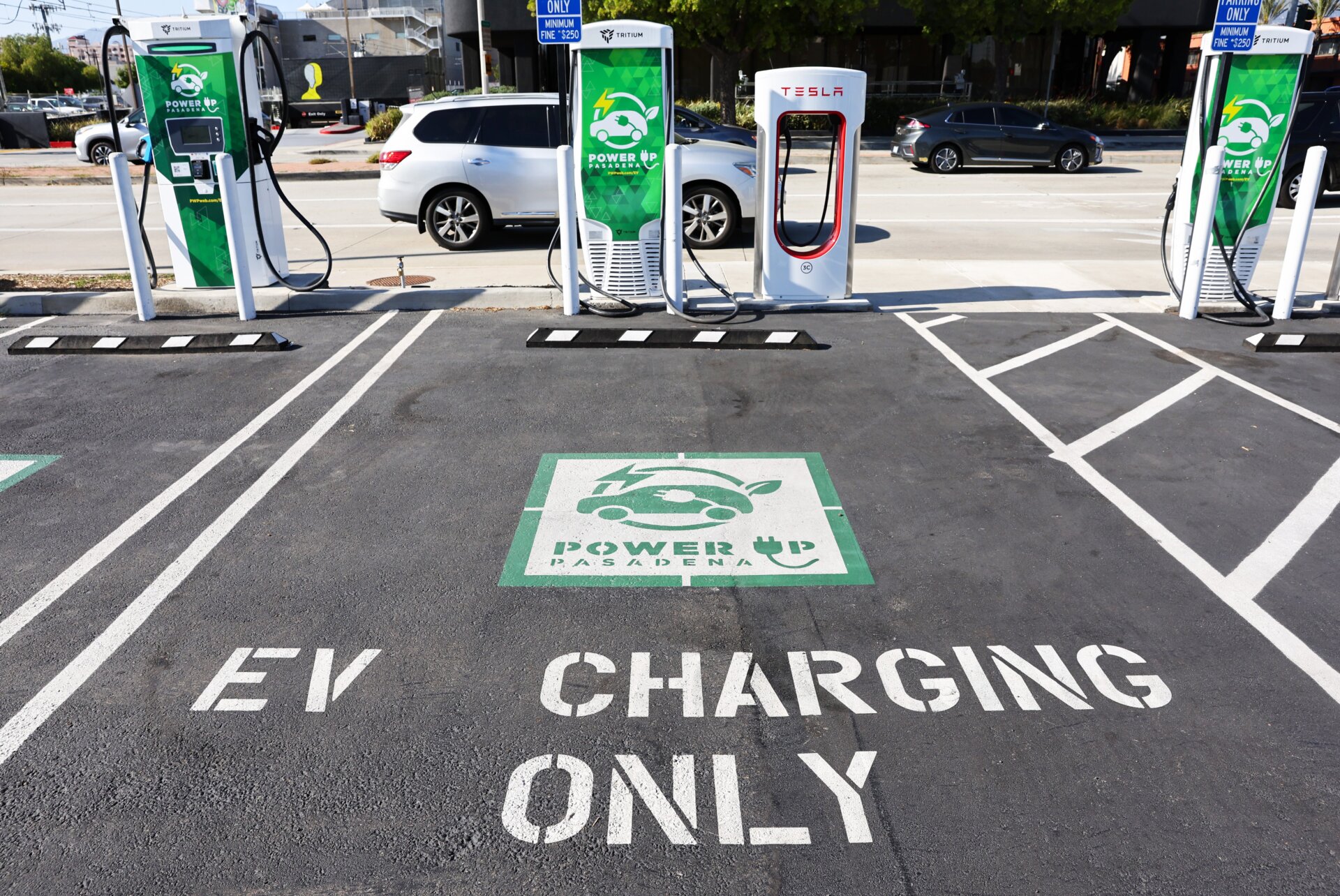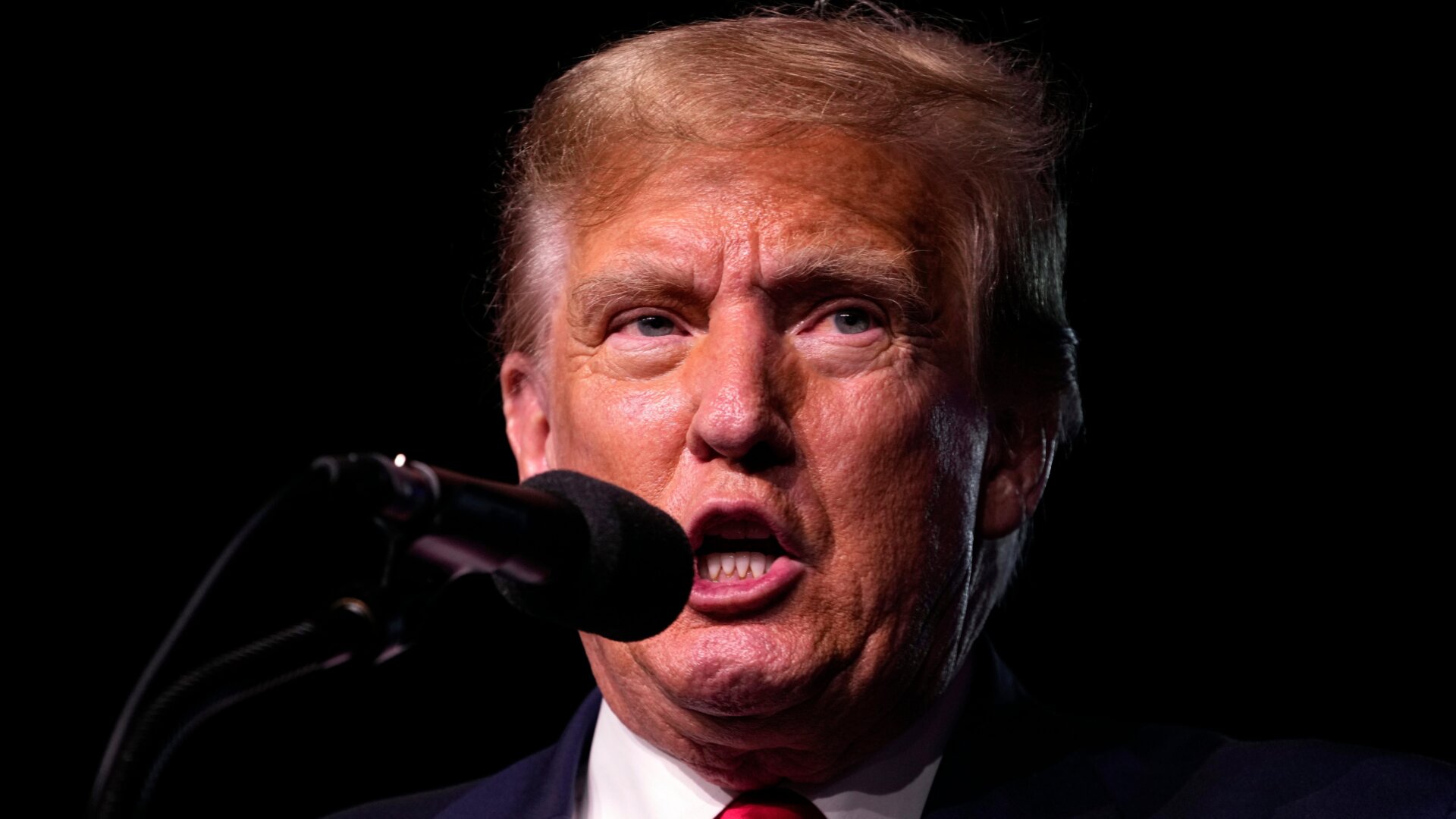Blue Bird, the more than 90-year-old manufacturer of the iconic American yellow school bus, is ramping up its production of electric buses. Last week, the company announced the opening of its new Electric Vehicle (EV) Build-up Center in the company’s main U.S. manufacturing plant in Fort Valley, Georgia. Blue Bird hopes to eventually make up to 5,000 electric buses a year in the new center.
“The opening marks an important milestone as the company continues to expand its electric school bus production capacity from 4 to 20 vehicles a day,” Blue Bird said.

Some of these electric buses look like the classic yellow bus that you see in movies about suburban teens. Those are the “Type C” buses. Blue Bird also makes a “Type D” flat-fronted bus—it gives off vintage Volkswagen vibes. The electric buses can carry 77 to 84 students for up to 120 miles on a single charge, according to the company. Blue Bird currently has about 1,000 of these electric buses in operation today, the company said.
School buses are an ideal mode of transport to electrify. These vehicles are more likely to have a fixed route and aren’t meant to go extremely long distances. The Blue Bird buses take about four hours to charge, which can be done during school hours when the buses are not needed. Funding from the Biden administration is helping expand this transition. In 2022, the U.S. Environmental Protection Agency announced a program to help almost 400 U.S. school districts purchase electric buses. Funding for the program came from money given to the agency via the Bipartisan Infrastructure Law. More money for electric school buses means lower greenhouse gases overall. It will also limit the number of children exposed to harmful emissions associated with asthma, according to the EPA.
Other sectors in the country are banking on electric vehicles, buses, and trucks to lower emissions. States have pushed for policies that would make it easier to put them on the road, including increasing the number of charging stations. Some states have even banned the sale of new gas-powered vehicles to incentivize more electric car sales.
The transportation sector in the country is responsible for 29% of the country’s greenhouse gas emissions for 2021, according to the EPA. The majority of this came from light-duty, medium-duty, and heavy-duty vehicles, according to the analysis.
Want more climate and environment stories? Check out Earther’s guides to decarbonizing your home, divesting from fossil fuels, packing a disaster go bag, and overcoming climate dread. And don’t miss our coverage of the latest IPCC climate report, the future of carbon dioxide removal, and the un-greenwashed facts on bioplastics and plastic recycling.














